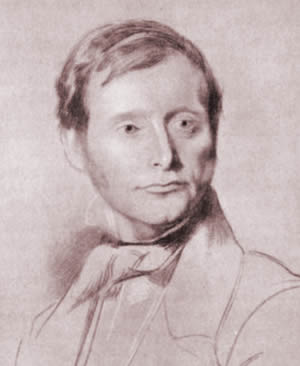1873 – The School Board
 The Education Act of 1870 made schooling compulsory for all children from the age of five to age thirteen. It was sometimes known as Forster’s Education Act since it was drafted by William Edward Forster, a British industrialist, philanthropist and Liberal Party statesman and MP for Bradford.
The Education Act of 1870 made schooling compulsory for all children from the age of five to age thirteen. It was sometimes known as Forster’s Education Act since it was drafted by William Edward Forster, a British industrialist, philanthropist and Liberal Party statesman and MP for Bradford.
The reason for the Act was the recognised need for Britain to remain competitive in the world by being at the forefront of manufacture and improvement and that education was fundamental to this cause.
The country was divided into 2500 school districts, of which Burton Upon Trent County Borough was one. The School Board was elected by ratepayers.
Concerns were raised at the numbers attending private and dame schools, which were often held to be of a poor standard. It was estimated that in 1870, there were about 450 pupils at such schools in Burton, with as many as 165 apparently attending dame schools near Fleet Street, a working-class area, in 1873. The perceived failings of the existing schools, along with a need for around 2,300 more places in the Burton area, led to popular pressure for the formation of a school board under the 1870 Education Act.
Despite the opposition of leading Anglicans, the government ordered the creation of a board for a united school district comprising Burton upon Trent, Branston, Horninglow, Stapenhill, Stretton, and Winshill, and the board was finally established in 1873. This included the formation of the Grammar School Board. The School Board, 1873 allowed the town commissioners, predecessor of the local education authority, control of local education.
The roles of the School Board were:
- To raise fund by the introduction of education rates collectable from ratepayers
- To build and run new schools where required to make suitable provison
- To subsidise church schools where appropriate
- To provide free education for the poorest children but make their own by-laws to control fees.
- Where necessary, create by-laws to ensure compulsory education from 5-13
- To make sure that religious education did not extend beyond simple bible reading
A resolute building program was commenced and Giles and Brookhouse of Derby were appointed ‘Architects to the Board’, and by 1880 there were 15 board schools with a total of 5,084 places.
As part of this program, in 1877, Burton Grammar School would finally made its long overdue move from Friars Walk to a newly built school in Bond Street. Ironically, Saint Modwen’s church acquired the vacated school for use as a Sunday school teaching the scriptures. Within the next few years, new schools were also built in Victoria Street, Wetmore Road, Grange Street, Uxbridge Street, Wellington Street and Broadway Street.
By 1887, when Reginald Churchill of Burton became the board’s architect, there were 9,010 pupils attending the board’s schools. As the numbers attending board schools increased, so attendance at voluntary schools declined, a trend which continued after 1891 when all board schools (except higher-grade schools) were made free under the Elementary Education Act, 1891.
The School Boards were eventually abolished by the Education Act of 1902, which replaced them with Local Education Authorities.

